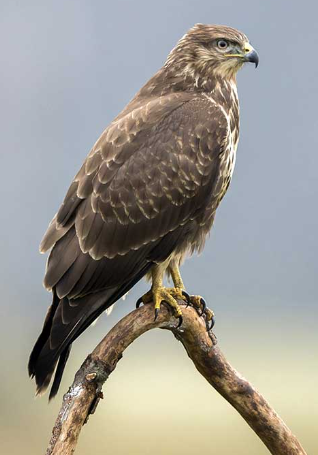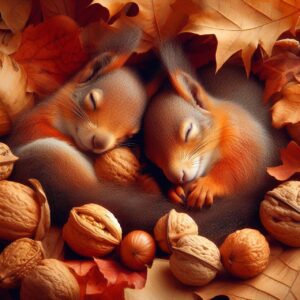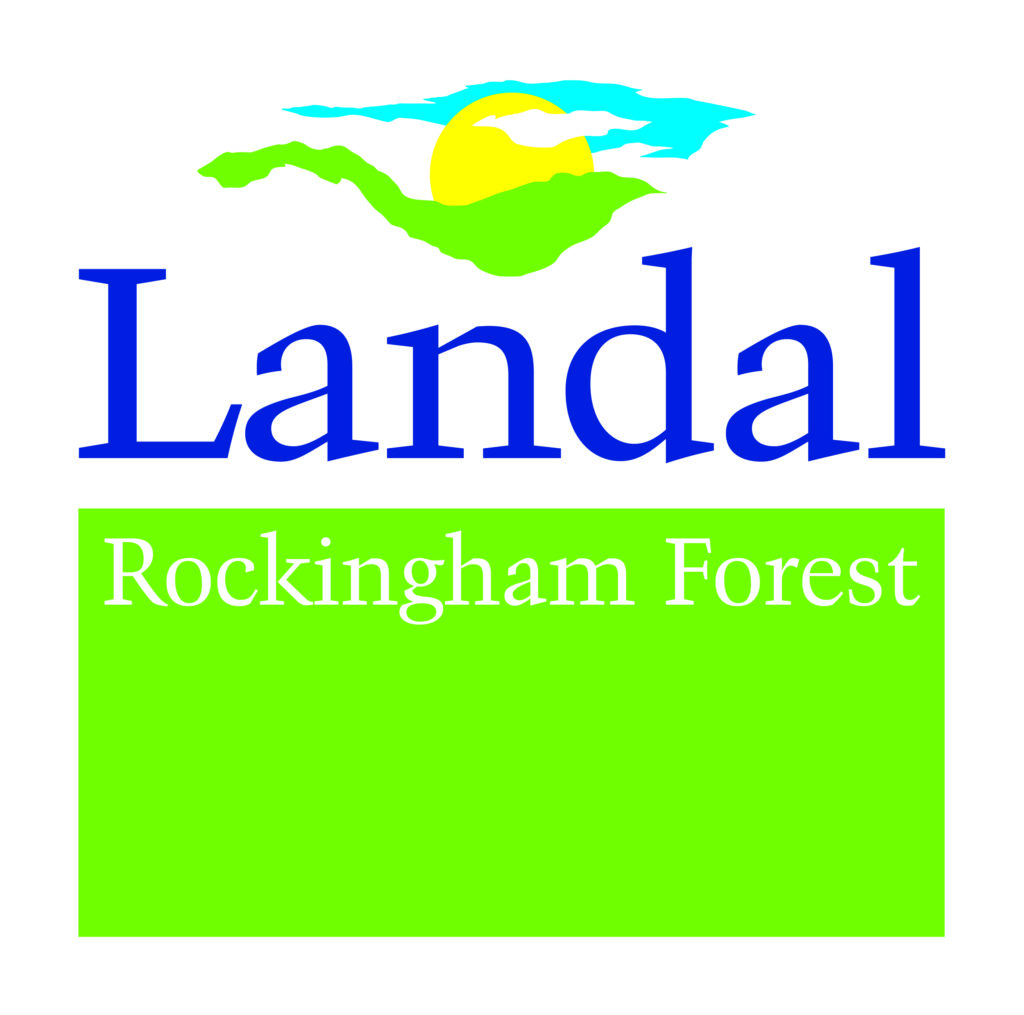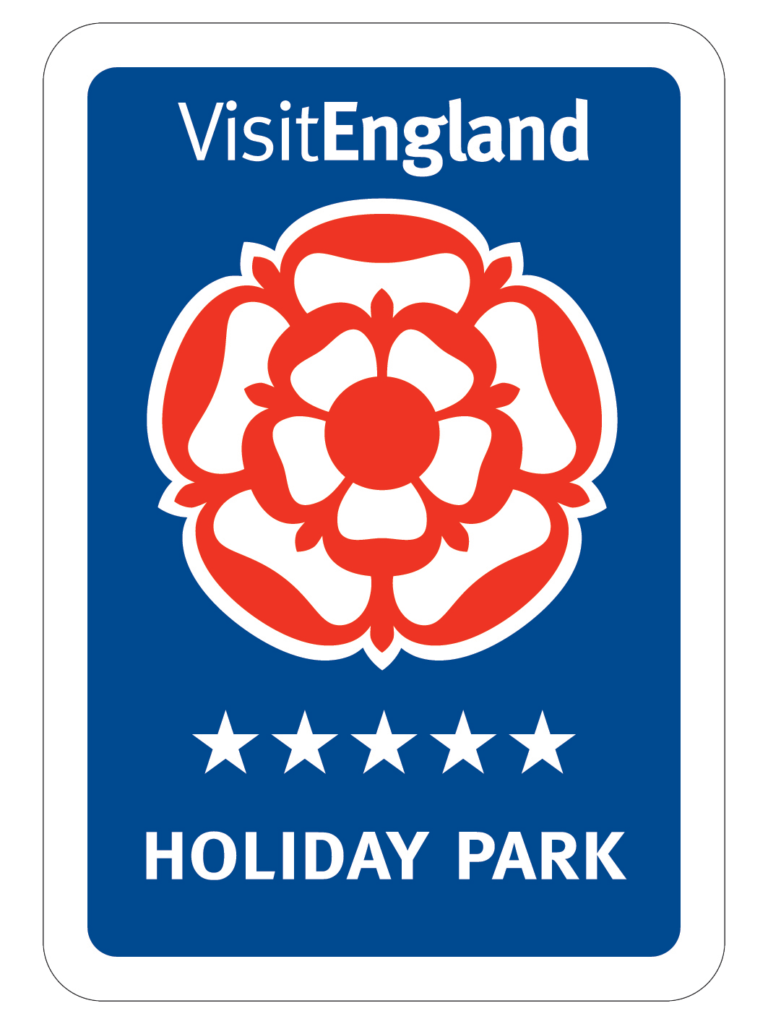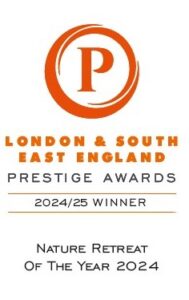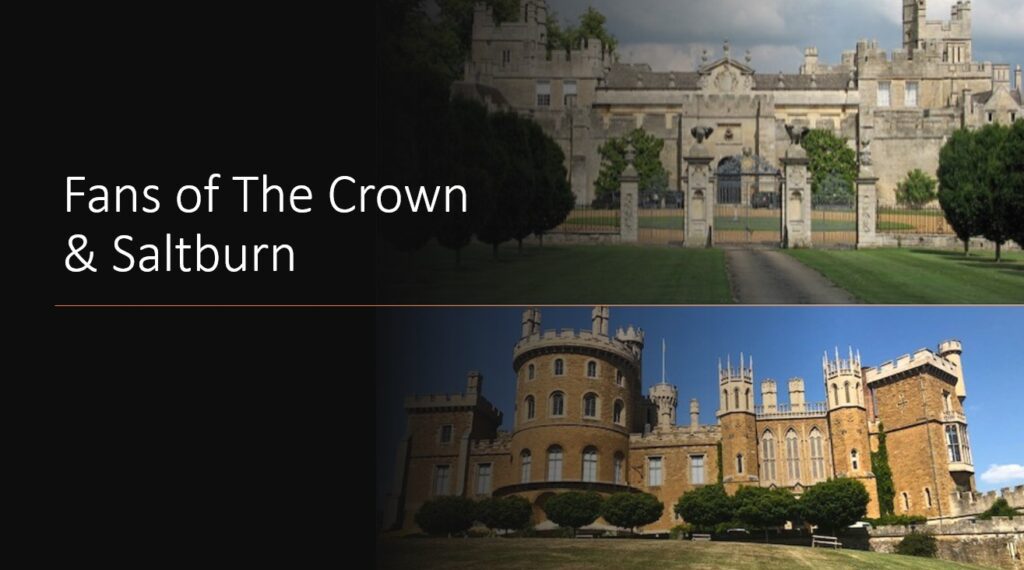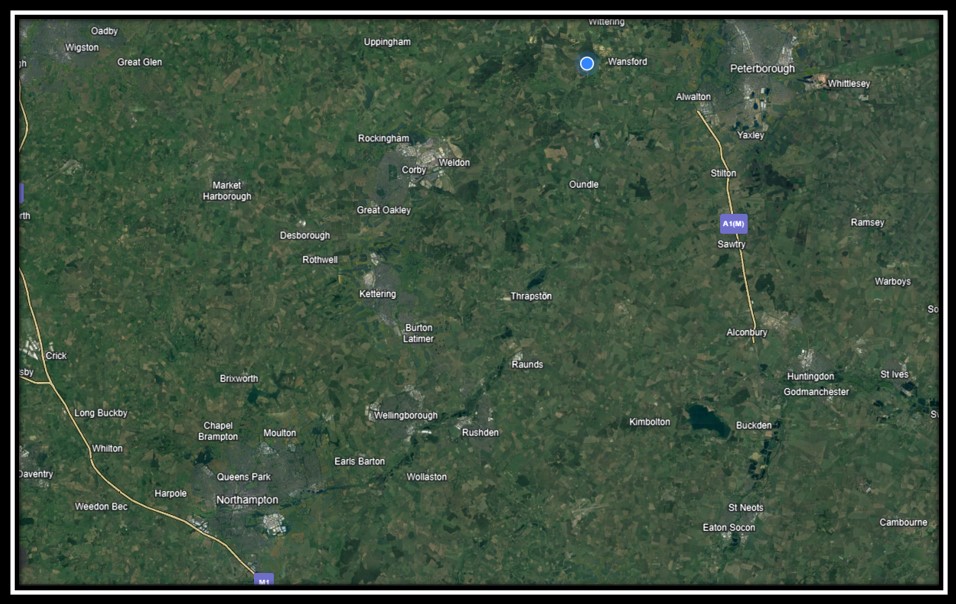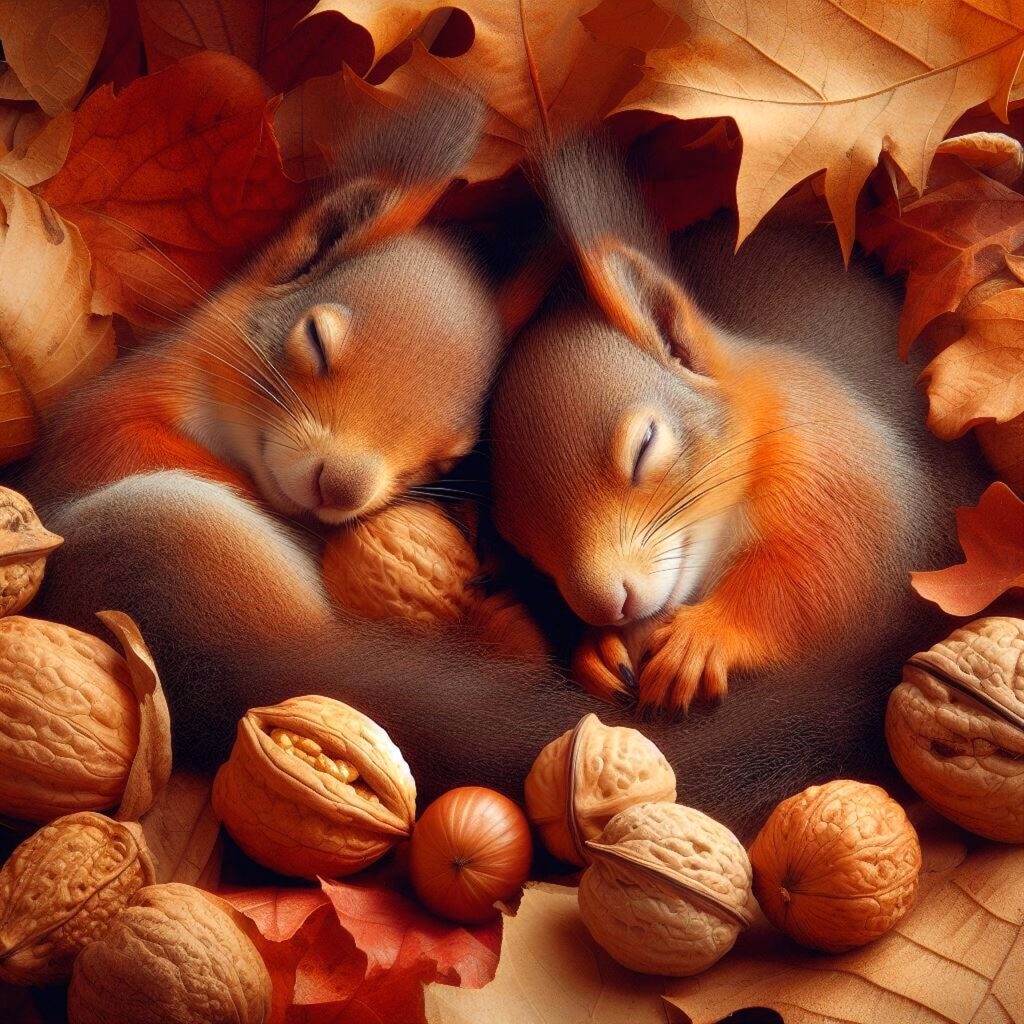You may recognise this beautiful bird of pray by its distinctive features, it has large, rounded wings; often displayed in a “V” shape when sawing as well as its tail being fanned. They have a small hook beak and a small neck and tail. The buzzard ranges in colour from dark brown to a much paler version. They are very common all over the UK but mostly in Scotland, Wales, and the Lake District. Our beautiful buzzard friends are now the most widespread bird of prey in the UK.
What do buzzards eat?
Buzzards tend to eat small mammals and birds; they will also be seen feasting on worms and large insects when supply of prey is in low supply.
What do they sound like?
An adult buzzard will make a long and very distinctive mewing call, it sounds like “Keey ya”. It takes buzzard babies longer to master this sound (can be years!!), instead they make a high-pitched double call when demanding food. In the event or trouble or alerting others, a buzzard’s call will appear sharper and more aggressive. They make a “mah” sound when communicating between a pair.
Did you know that according to a study (International Bird Strike Committee) the common buzzard can reach a speed of up to 28 mph! They fly at an average height of 400 metres but are known to have reached 1,000 meters! Quite an impressive bird if I may say so myself!
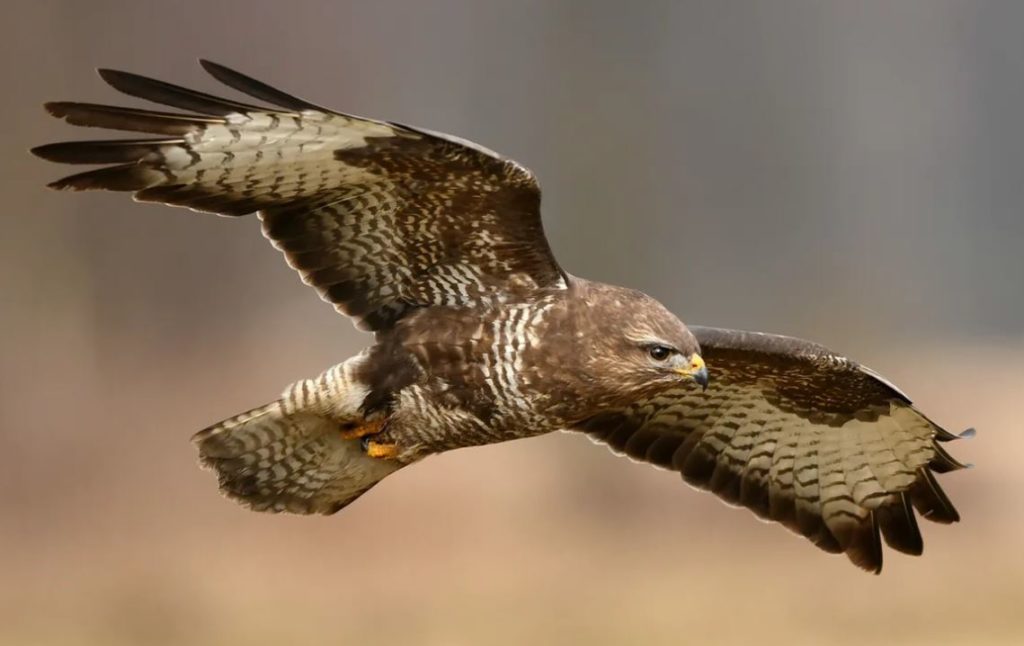
Buzzards can live up to 25 years in the wild. However, the average life span of a buzzard is 8 years, but tragically can be even less, this is usually down to starvation.
They have incredible eyesight and can identify prey from more than 1 mile away, you will see them circling in the air and flying high to spot prey. They use sneak attacks so not to be identified too soon, leaving the risk of their snack getting away.
If you are lucky whilst staying at Rockingham Forest Park you may just see one of our resident Buzzards.
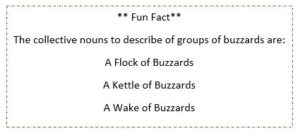
Written by Kayleigh Marshall
